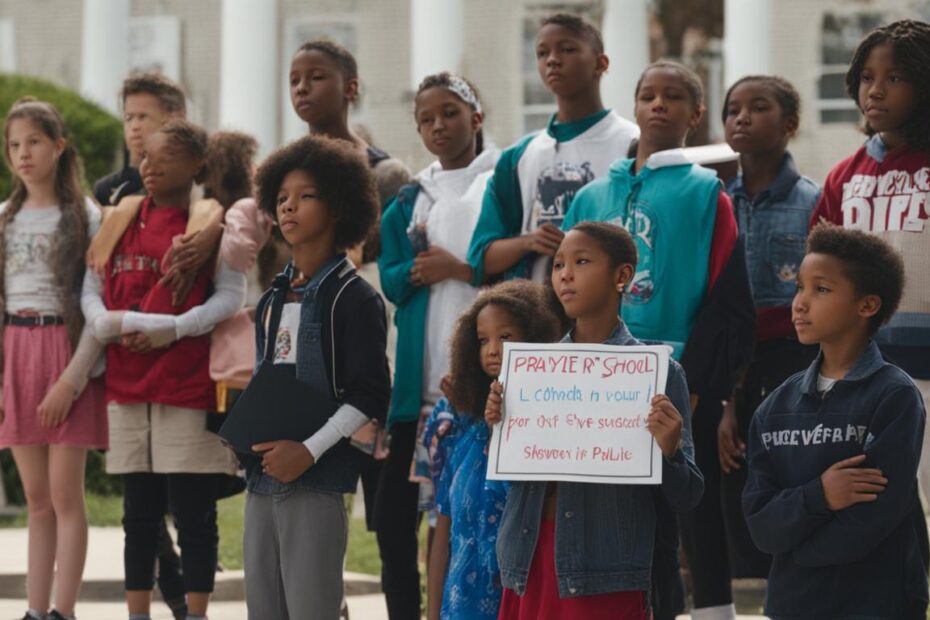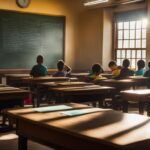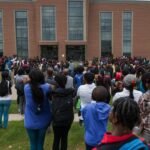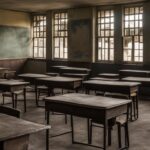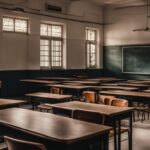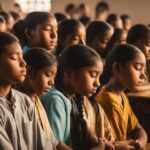Prayer in public schools is a highly debated topic that raises questions about religious freedom and the separation of church and state. The issue has been analyzed in various court cases and has sparked discussions among educators, parents, and students. In this article, we will explore the arguments surrounding prayer in public schools, the legal aspects, and the societal implications.
Key Takeaways:
- Prayer in public schools is a controversial topic that touches on religious freedom and the separation of church and state.
- Proponents argue that prayer should be allowed as a form of religious expression, while opponents highlight the importance of a secular learning environment.
- The legality of prayer in public schools has been addressed in Supreme Court rulings, with an emphasis on maintaining a secular atmosphere.
- Societal implications include concerns about religious diversity and potential exclusion or discrimination.
- Finding a balance between religious freedom and the separation of church and state is crucial in creating an inclusive educational environment.
The Role of Prayer in Public Schools: Different Perspectives
The debate surrounding prayer in public schools elicits different perspectives. Some argue that prayer should be allowed as a form of religious expression and exercise of students’ faith. They believe that students should have the right to pray individually or as a group, as long as it does not infringe on the rights of others.
On the other hand, others argue that prayer in public schools violates the principle of separation of church and state and may make students of different faiths or no faith uncomfortable. They emphasize the importance of creating an inclusive and secular learning environment.
“Allowing prayer in public schools may reinforce majority religious beliefs and marginalize students from minority religions or non-religious backgrounds.”
– Anonymous Educator
Those in favor of prayer argue that it provides a sense of moral guidance and support for students. They believe that prayer can promote positive values and strengthen the school community. However, opponents express concern that allowing prayer in public schools may lead to the endorsement of a specific religion, potentially alienating those who do not adhere to the same beliefs. They emphasize the need for schools to remain neutral and ensure the rights and comfort of all students, regardless of their religious or non-religious affiliations.
Pros and Cons of Prayer in Public Schools:
| Pros | Cons |
|---|---|
| Allows students to express their religious faith | Violation of the separation of church and state |
| Promotes moral values and a sense of community | Potential marginalization of students from minority religions or non-religious backgrounds |
| Encourages personal reflection and spiritual growth | Possible endorsement of a specific religion |
Legal Considerations for Prayer in Public Schools
The legality of prayer in public schools has been extensively debated and analyzed in various court cases. It raises important questions about constitutional rights and the separation of church and state. The Supreme Court has weighed in on this issue, providing guidance on what is permissible and what violates the First Amendment’s Establishment Clause.
In landmark cases such as Engel v. Vitale (1962) and Santa Fe Independent School District v. Doe (2000), the Supreme Court ruled that school-sponsored prayer and religious activities that are coercive or promote a particular religion are unconstitutional. These decisions highlight the importance of maintaining a secular environment in public schools and ensuring that students of all faiths or no faith are not made to feel excluded or uncomfortable.
However, it is essential to note that the Court has recognized the rights of individual students to engage in personal religious practices as long as they do not disrupt the educational process or coerce others to participate. This means that students are allowed to pray individually or in small groups during non-instructional time, such as during lunch periods or outside of regular classroom activities.
Overall, the legal aspects surrounding prayer in public schools require a delicate balance between protecting individuals’ constitutional rights and upholding the principle of separation of church and state. Schools must navigate this complex terrain to ensure that students are free to exercise their religious beliefs while maintaining an inclusive and secular learning environment for all.
The Societal Implications of Prayer in Public Schools
The presence of prayer in public schools can have far-reaching societal implications. It raises important questions about religious diversity and the potential for exclusion or discrimination based on individual beliefs. Supporters argue that allowing prayer in public schools fosters religious tolerance, providing students with opportunities to express their faith in an inclusive manner. However, critics contend that it may reinforce majority religious beliefs and marginalize students from minority religions or non-religious backgrounds. The debate over the societal implications of prayer in schools is complex, touching upon issues of religious freedom, inclusivity, and the role of religion in a diverse society.
One of the key concerns surrounding prayer in public schools is the potential for exclusion or marginalization of students from different religious backgrounds. In a society that values diversity and equal treatment, accommodating various religious practices in public schools becomes crucial. It is important to strike a balance between honoring the religious freedom of students and ensuring an inclusive environment that does not favor one religion over another.
Moreover, the presence of prayer in public schools may also raise questions about the separation of church and state. As public institutions funded by taxpayers, schools must maintain a secular environment in order to respect the diverse beliefs and non-beliefs of their students. Allowing prayer in this setting may be seen as a violation of the principle of neutrality, potentially creating divisions and favoring a particular religious group.
Ultimately, finding a solution that respects the rights of individuals while maintaining a secular learning environment is essential. This requires thoughtful consideration of the societal implications of prayer in public schools. By fostering religious tolerance, promoting inclusivity, and upholding the principle of separation of church and state, schools can strive to create an educational environment that respects the diversity of its student body.
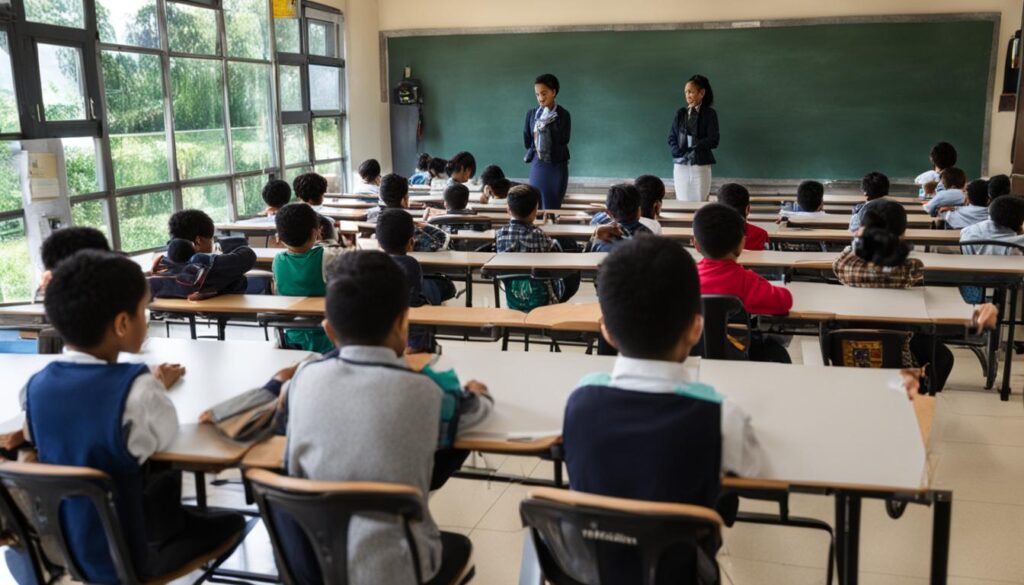
Conclusion
The debate over whether prayer should be allowed in public schools is a complex and multifaceted issue. While the Supreme Court has established guidelines regarding school-sponsored prayer, the topic continues to generate discussions and controversies at various levels.
Striking a balance between religious freedom and the separation of church and state is crucial in creating an inclusive and respectful educational environment for all students. The Court’s rulings have emphasized the importance of maintaining a secular atmosphere in public schools, while also recognizing the rights of individual students to engage in personal religious practices that do not disrupt the educational process or infringe upon the rights of others.
As society becomes more diverse, the presence of prayer in public schools raises questions about the role of religion in educational settings. Some argue that allowing prayer may reinforce majority religious beliefs and exclude or marginalize students from minority religions or non-religious backgrounds. On the other hand, proponents suggest that accommodating religious practices fosters religious tolerance and enables students to express their faith in an inclusive manner.
Ultimately, the question of whether prayer should be allowed in public schools is a challenging one. It requires careful consideration of constitutional rights, legal precedent, and the societal implications of religious diversity. Achieving a fair and balanced approach is essential to ensuring religious freedom while respecting the principles of a secular education system.
FAQ
Should prayer be allowed in public schools?
The debate surrounding prayer in public schools elicits different perspectives. Some argue that prayer should be allowed as a form of religious expression and exercise of students’ faith. Others contend that prayer in public schools violates the principle of separation of church and state and may make students of different faiths or no faith uncomfortable.
What are the legal considerations for prayer in public schools?
The legality of prayer in public schools has been the subject of several court cases. The Supreme Court has ruled that school-sponsored prayer and religious activities that are coercive or promote a particular religion are unconstitutional. However, the Court has also recognized the rights of students to engage in personal religious practices as long as they do not disrupt the educational process or coerce others to participate.
What are the societal implications of prayer in public schools?
The presence of prayer in public schools raises questions about the role of religion in a diverse society and the potential for exclusion or discrimination based on religious beliefs. Some argue that allowing prayer in public schools may reinforce majority religious beliefs and marginalize students from minority religions or non-religious backgrounds. Others contend that accommodating religious practices fosters religious tolerance and provides opportunities for students to express their faith in an inclusive manner.
Source Links
- https://firstamendment.mtsu.edu/article/prayer-in-public-schools/
- https://www.nytimes.com/2022/05/19/learning/what-students-are-saying-about-prayer-in-schools-quelling-self-doubt-and-a-field-in-starlight.html
- https://www.publicschoolreview.com/blog/should-public-school-students-be-allowed-to-pray-before-lunch


